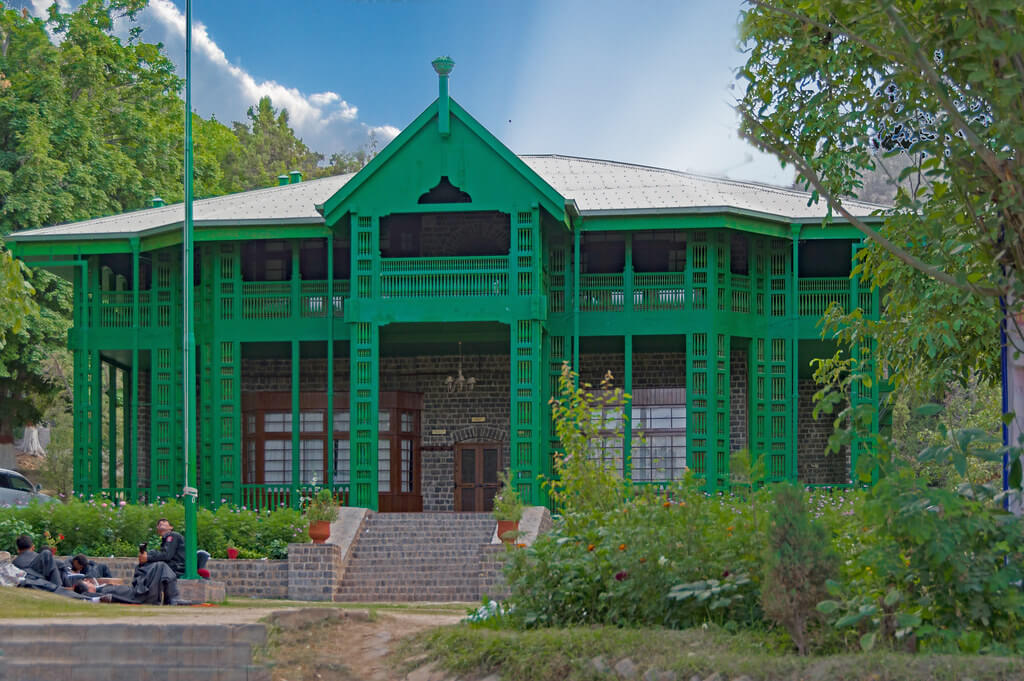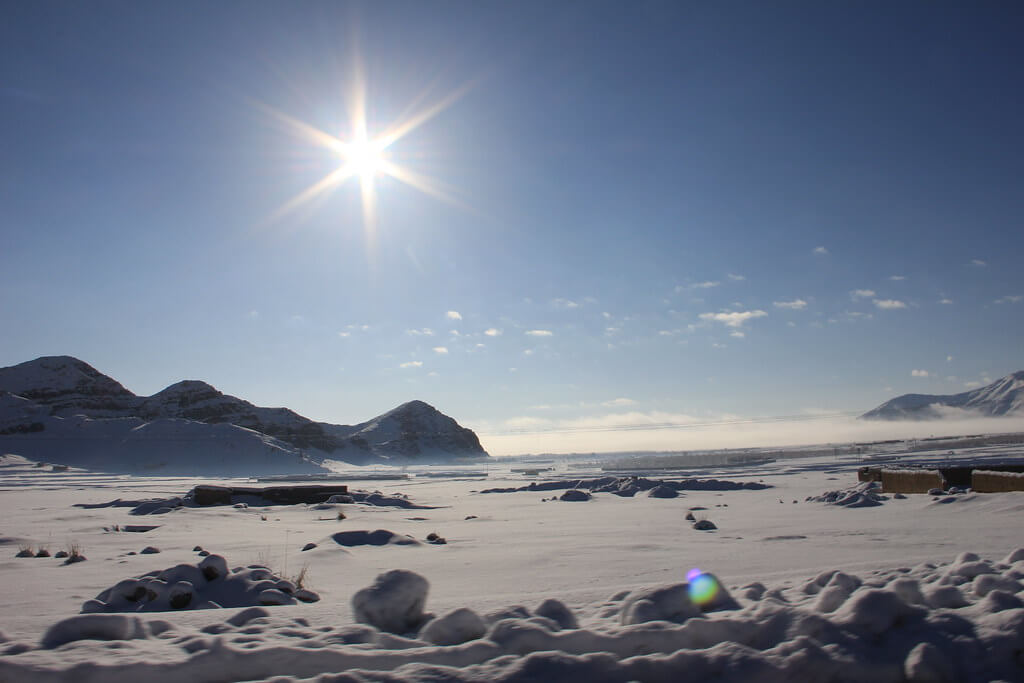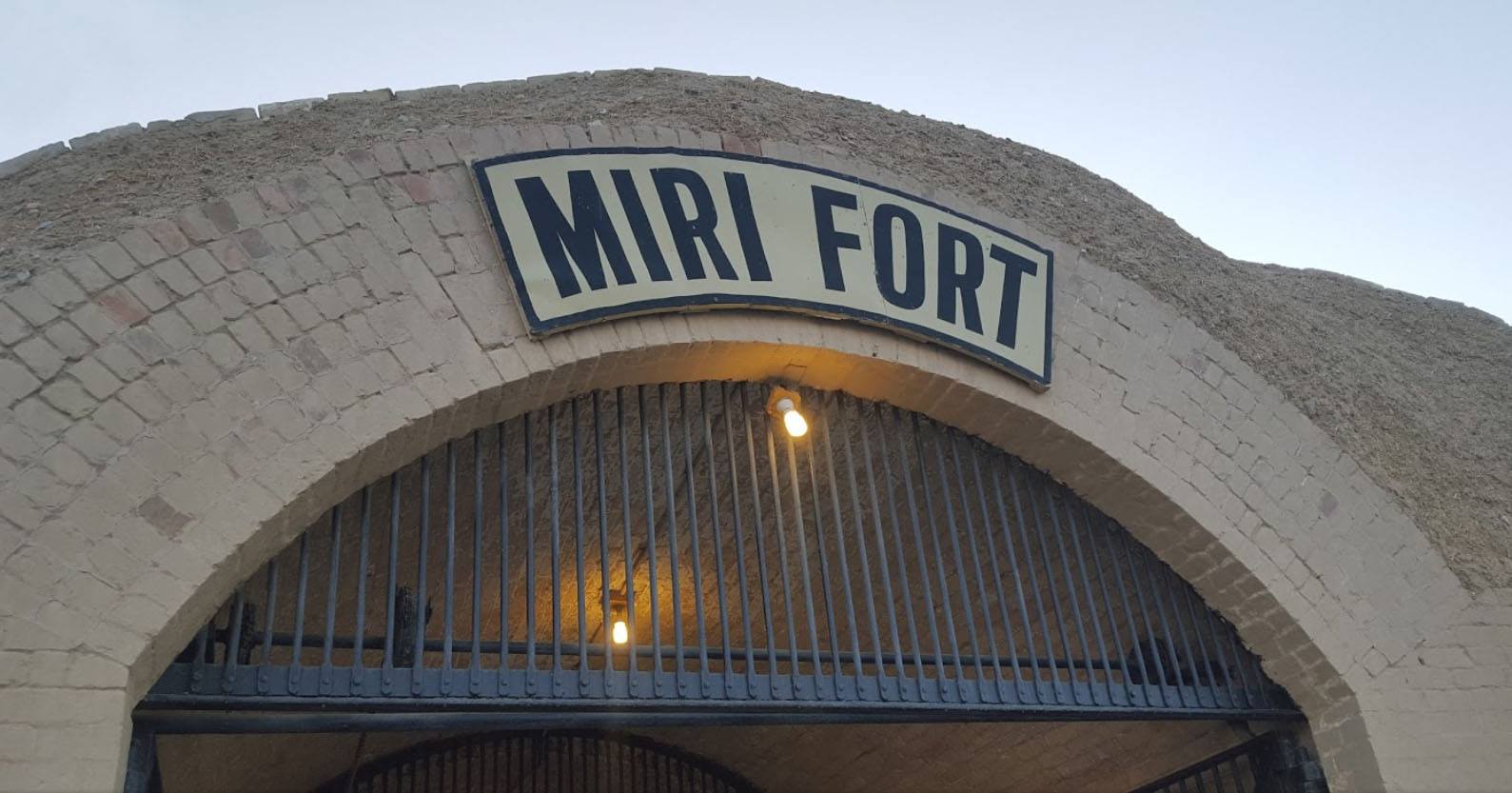Introduction
Places to visit in Quetta at night: Quetta is the capital of Pakistan’s Balochistan province. It is located in the western portion of the country, close to the Afghan border. The city lies at an elevation of 1,680 meters above sea level and is surrounded by mountains, making it a popular location for outdoor enthusiasts. Quetta has a rich cultural legacy that includes various historical monuments and landmarks, such as the Hazarganji Chiltan National Park, Hamal Lake, and the ancient Khojak Tunnel. The city is also renowned for its delectable cuisine, which includes traditional Balochi meals and kebabs.
Best places to visit in Quetta at Night
Quaid-e-Azam Residency
This Residency was home to Pakistan’s founder, Muhammad Ali Jinnah, also known as Quaid e Azam. This is a must-see destination if you want to learn more about the guy who helped construct Pakistan. Quaid-e-Azam Residency, also known as Bagh-e-Jinnah, was designated a national monument in 1997.
Jinnah moved into the Residency and remained there till his death. Following Quaid-e-Azam’s death, the Residency became a pilgrimage destination for Pakistanis. It is a wood-based architectural masterpiece with verandahs on all four sides. The roof is hipped, with two chimneys. There are two entrances to the Residency: one from the east and one from the west. Internally, each story has three rooms with a staircase in the center. The ceilings are wooden and decorated with intricate plasterwork. Beautiful gardens surround the Residency, making it an ideal area to unwind and enjoy the landscape. Don’t forget to check out the juniper woodland on your way to Residency. Every tree in the forest is a world in itself. The forest provides a beautiful view.
Quetta Archaeological Museum
Quetta Archaeological Museum, which displays items from the old city’s excavations, is a location full of wonders. The museum houses a collection of rare firearms, manuscripts, swords, Stone Age implements, prehistoric ceramics, and historical coins. Mehrgarh-related artifacts are also on show at the museum.
Located on the Sariab Road, the Geological Museum of Quetta houses a collection of rocks and fossils discovered throughout Balochistan. It also has artifacts of the British era.
National Park of Hazarganji Chiltan
The name “Hazarganji” means “of a thousand treasures,” and it used to be a migration route for the mighty armies of Bactrians, Scythians, Mongols, and Pashtuns. The park, located 20 km southwest of the city, is one of Quetta’s most stunning tourist attractions.
It covers 325000 acres and is home to a variety of creatures such as tigers, leopards, and bears. Many plants and trees, including cedar and juniper, add to the park’s picturesque appeal. The park also has various hiking routes where you can explore the environment at your speed. Tourists can also visit the Natural History Museum to learn more about the national park. Even though the museum is modest, you will learn a lot. For those who prefer to remain overnight, the Forest Department rest house is an excellent choice.
Quetta Bazaar
Quetta’s bazaars should not be missed by anyone visiting the city. The bazaars are home to a variety of stores and stalls that sell a wide range of items and products. Quetta’s bazaars offer everything from traditional Balochi apparel to jewelry and carpets.
The handmade Balochi gowns are amazing. It takes a lot of stretching and energy to create such marvels. The best time to visit the bazaars is during the day when you have more time to browse the shops. However, the bazaars are open at night, and many of the stores stay up well into the night.
The most common of these bazaars is Sarafa Bazar. In the market, you will find a variety of fresh new items. Electronics, household items, ornaments, apparel, rugs, and imported food goods are reasonably priced. You’ll be surprised to learn that Quetta has entire marketplaces specialized to a particular sort of merchandise, so you’re never short of options. If you want to have a one-of-a-kind shopping experience, explore Quetta’s bazaars!
Miri Fort
Miri Fort is another prominent tourist attraction in Quetta. It is a centuries-old fortress with a spectacular outlook of the city. Some museums and monuments are also housed within the fort, making it an ideal location to learn about the city’s history.
The Miri Fort, like any other stronghold, is built on an elevated platform to provide a greater view of the surrounding area. It is a true testament to the architects’ brilliance and dedication who had lived here centuries ago. The fort’s design is quite intelligent, with broad staircases, airy lobbies, and underground cells. The dark tunnels, desolate wells, and several-inch thick walls reflect the presence of life and the fortress’s role as a symbol of regional supremacy. Even though the fort was erected in 1883, locals maintain that it has been existing since the reign of Alexander the Great. In addition, the fort museum contains Ghaznavid footprints.
Gold City Shopping Mall
For a long period, Quetta remained a tribal hub with little traces of urbanization. Small ancient shops and kiosks were everywhere. Slowly, the government’s progressive and dynamic decisions result in the creation of malls or modern marketplaces.
Gold City Shopping Mall is one of Quetta’s biggest and most popular shopping destinations. The mall is home to a variety of shops, restaurants, and companies. The mall is a favorite destination among Quetta residents. Many local culinary and fashion firms arrived in Quetta to make the mall even more appealing to locals and tourists.
Conclusion
In conclusion, Quetta has a rich history, a distinct culture, and stunning scenery. Whether you wish to explore the city’s attractions, learn about its history, or simply enjoy the area’s natural beauty, Quetta has something for everyone.




